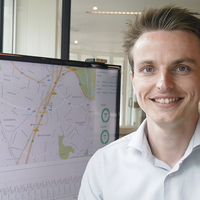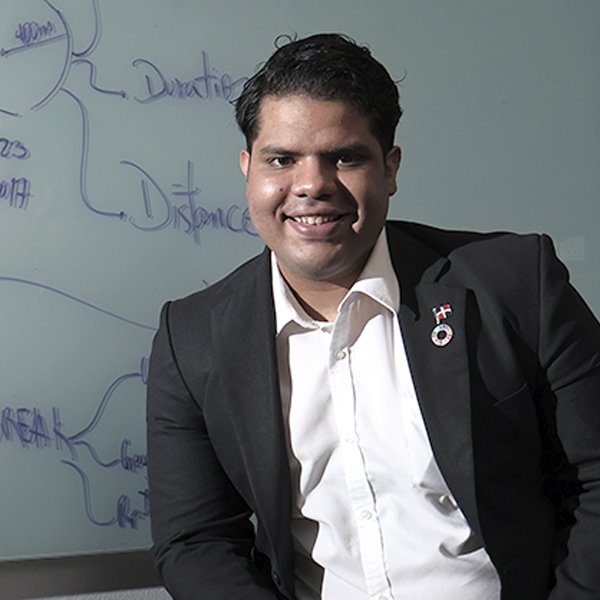Last year’s Olympics in Rio de
Janeiro (Brazil) will be remembered for many things, like for example, that
they were threatened by Zika, a virus transmitted by mosquito bites. The World
Health Organization issued a statement about the risks to athletes and the preventive
measures that could be taken. At that time there was no precise way to predict
where the next outbreak of the disease would come from but now there is. This
has been achieved by Rainier Mallol, who has been chosen as one of Innovators
Under 35 Latin America 2017 winners for this breakthrough by the MIT Technology
Review, Spanish edition.
Medical epidemiology studies the onset patterns and spread of infectious
diseases, but it is always a posteriori. Conditions that favor outbreaks can be
inferred from these studies, which makes it possible to identify areas of
greater risk due to their characteristics. Mallol's platform goes one step
further. It is a more powerful and faster tool than human experts are because
it can analyze large volumes of data in detail using an artificial intelligence
(AI) algorithm. Moreover, it can also accurately predict the likelihood of an
outbreak occurring at a particular location three months in advance. This is Artificial Intelligence in Medical
Epidemiology, or AIME.
"The project currently focuses on three mosquito-borne diseases: dengue,
Zika and chikungunya," explains Mallol. In the case of dengue, the
effectiveness achieved exceeds 88%. To do this calculation Mallol inputted
historical data, from which predictions could be made, into his platform. He
then had to compare his results only with the outbreaks that actually occurred
in the following three months. Having this level of precision that far in
advance would allow authorities to make more effective use of resources, such
as more effectively targeted fumigation campaigns.
After conducting pilot studies in Brazil and the Philippines, AIME has started
working with the state government of Penang in Malaysia. "Each case
reported by physicians in health centers is digitized and immediately reported
to the system; a subsystem collects data related to the case from other sources
(NASA, Google, weather etc.) up to a total of 246 variables," explains
Mallol. With these pieces of data, including the address of the sufferer and
the date of the first symptom, the AI model updates its percentage risk of
outbreak prediction (two or more cases in an area of 400 meters within 14 days)
for each location.
In addition to the prediction map, the platform produces a control panel that
displays various analytics strategies in real time, such as all the sufferers’
case histories, age ranges, ethnic background and symptoms, to name just a few
examples. "In 2016 four scientists took almost a year to map all the cases
from 2014, grouped by month, with AI that work was done in three hours,"
asserts the young Dominican.
Mallol is in talks with the Malaysian Federal Government about adopting the
technology at a national level, as well as extending it to other countries in
South-east Asia, one of the regions most affected by this type of disease.
Innovators Under 35 Chile 2016 winner Eduardo Castro, scientific director of
Aperiomics and Innovators Under 35 Latin America 2017 jury member values the
fact that Mallol's innovation has already been proven to work in several places
around the world, including in Rio de Janeiro.




